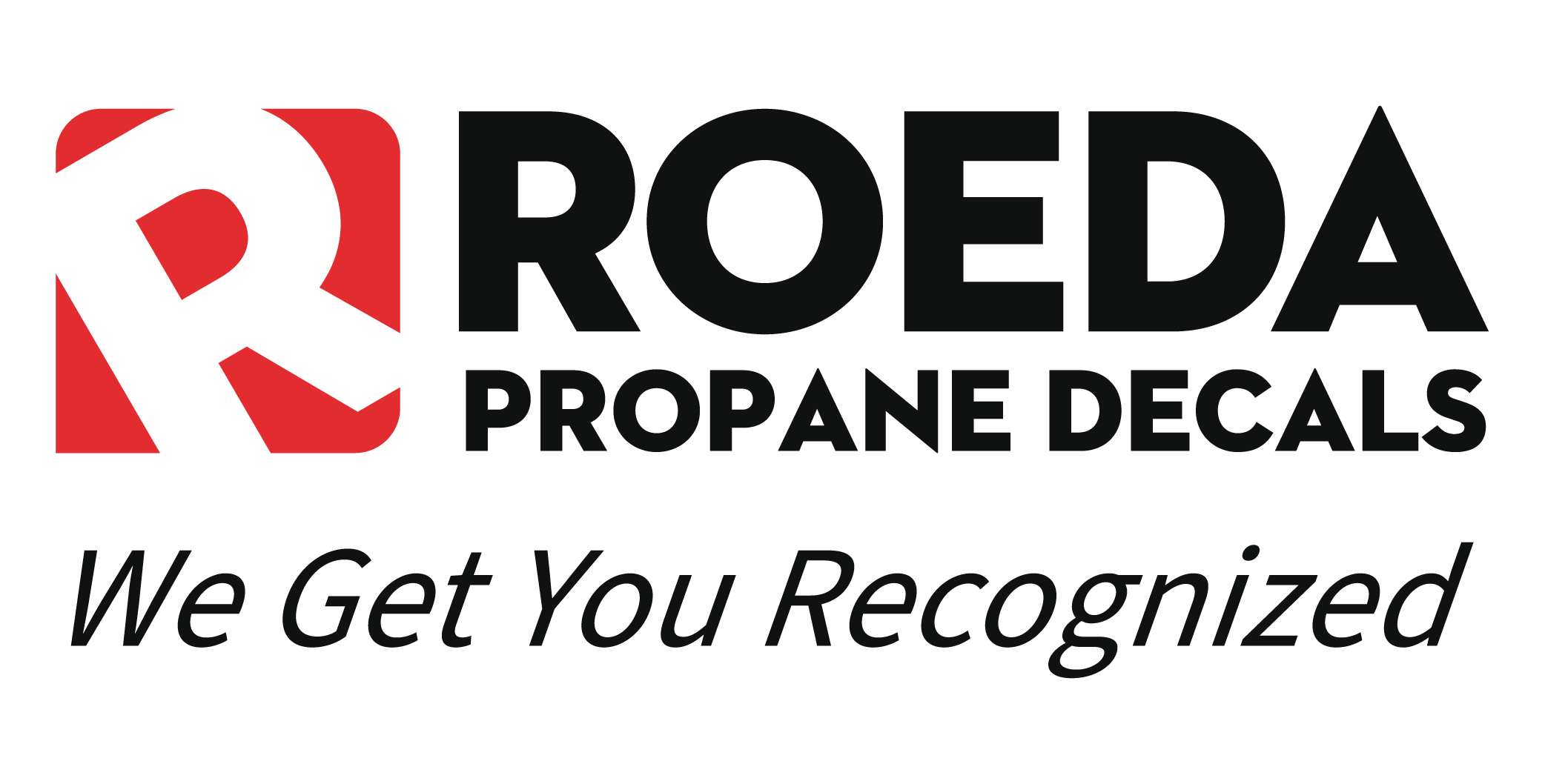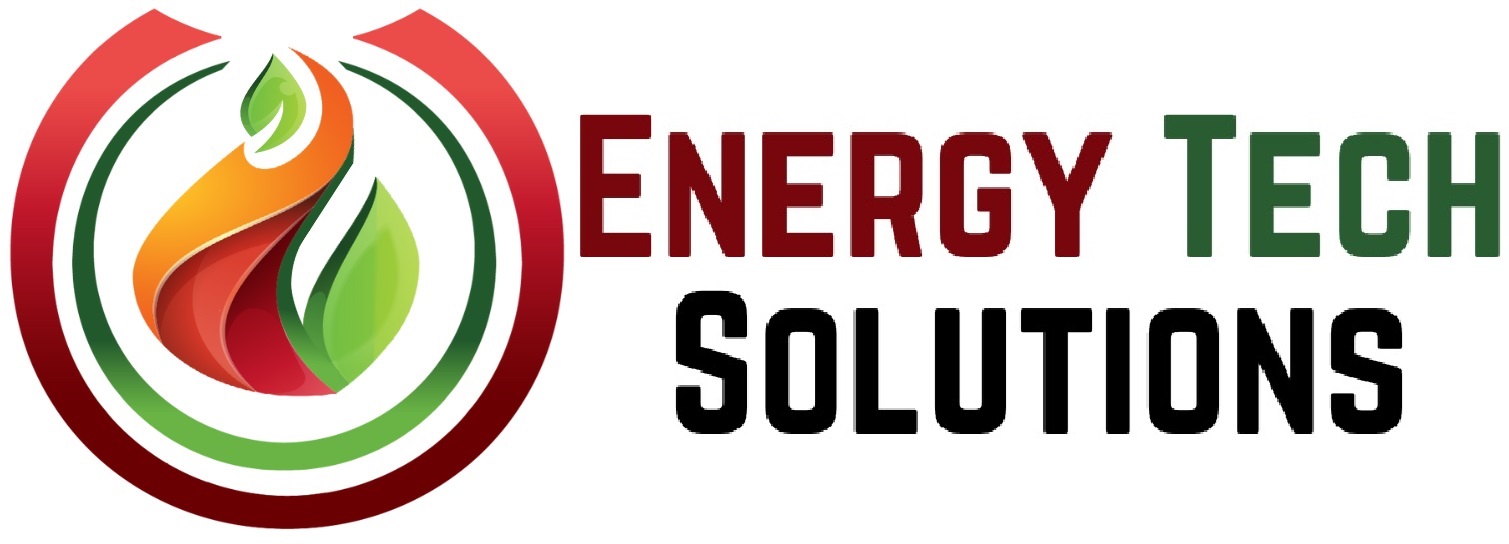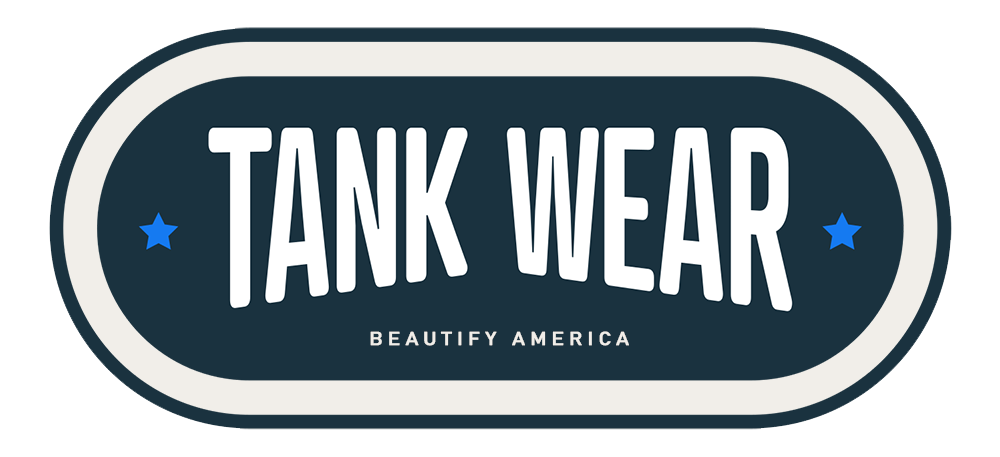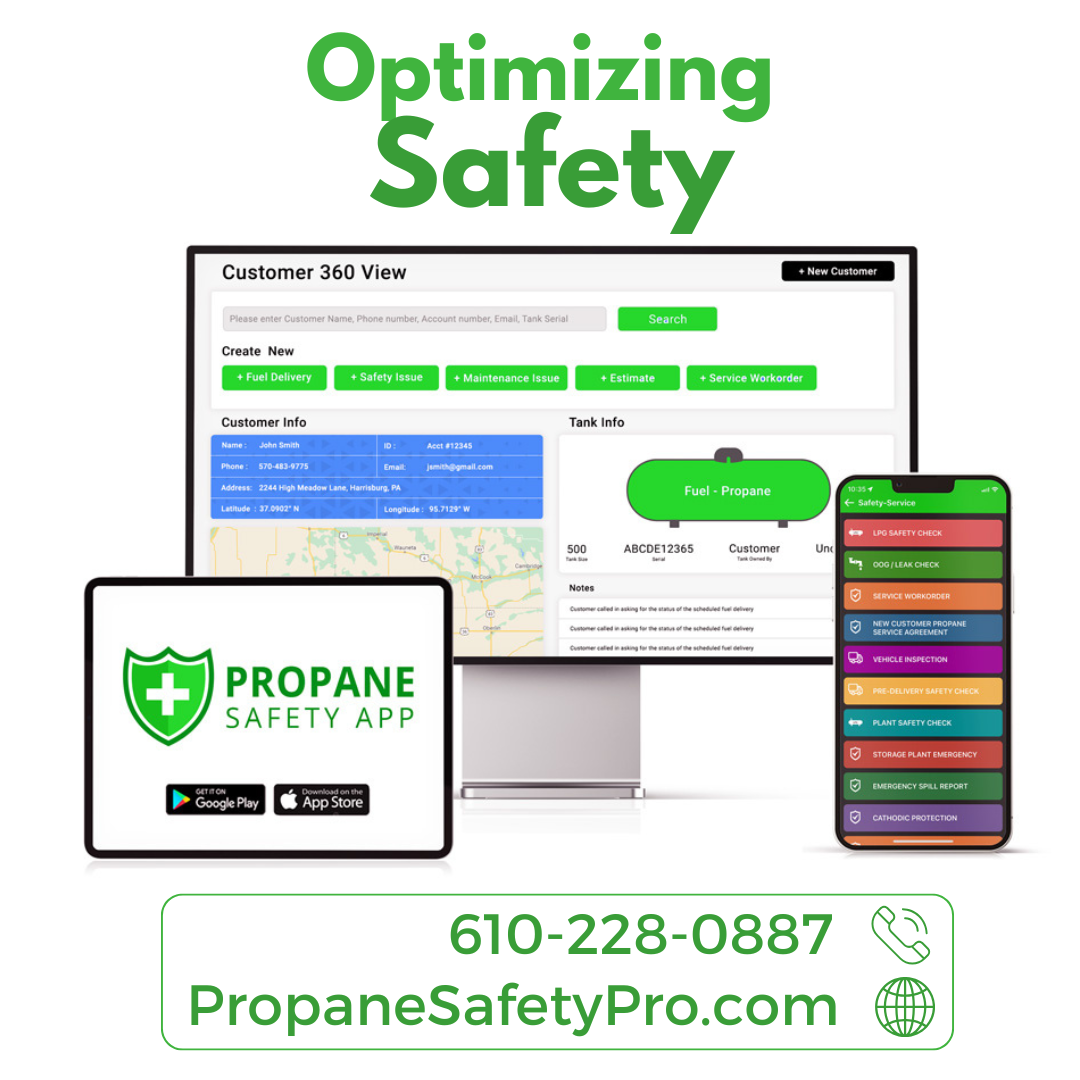A Comparative Analysis: Propane vs. Heating Oil
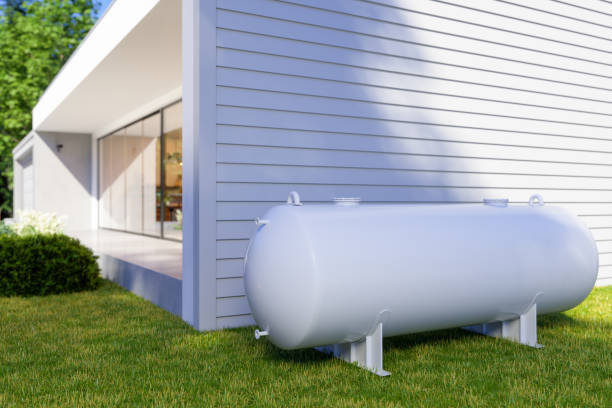
When it comes to heating your home or business, it’s essential to choose an energy source that’s not only cost-effective but also reliable. Two popular options are propane and heating oil. Let’s compare these two energy sources in terms of price, availability, and market conditions.
Propane: The Economical Choice
Propane, known for its high energy content, has a significant advantage in terms of cost. Currently trading at 71 cents at Mont Belvieu ETR and 70 cents at Conway, propane stands out as one of the most affordable energy sources available. Apart from natural gas, propane is considerably cheaper than other alternatives, which is excellent news for consumers and businesses alike.
The relatively high cost of gasoline has conditioned consumers to perceive energy prices as high. However, this situation can work to the advantage of propane dealers, allowing them to pleasantly surprise their customers with the affordability of propane. Mild winters in recent years and the absence of expectations for significant changes this winter make it important to maximize margins, and the cost-effectiveness of propane plays a pivotal role in achieving this goal.
Heating Oil: Facing Supply Challenges
In stark contrast to propane, heating oil faces a challenging environment. Propane inventories are at five-year highs, indicating an oversupply compared to demand and resulting in relatively low valuations. However, the situation is quite different for heating oil.
Heating oil, classified as a distillate, has traditionally contained more than 500 parts-per-million sulfur. Recent changes in refining processes to meet lower sulfur content standards for all distillates have significantly reduced the high sulfur content, resulting in a more eco-friendly product. The U.S. Energy Information Administration reports that only around 7 million barrels of the total distillate inventory now contain more than 500 parts-per-million sulfur.
The critical factor in evaluating the heating oil market is to consider overall distillate inventories. The global demand for distillates is high due to the use of these products in generating electrical power when natural gas supplies from Russia to Europe ceased. This global shortage of distillates puts pressure on the supply chain.
U.S. distillate production, while not dismal, has slowed compared to the previous year. As of this point in the year, production stands at 4.744 million barrels per day, down from 4.887 million bpd during the same period last year. This decline in production is not keeping up with the increased global demand, putting additional strain on U.S. distillate inventories.
Moreover, the trend in U.S. exports is upward while imports are on the decline. This shift has further exacerbated the stress on U.S. distillate inventory levels, making it difficult to meet the growing demand. High prices for distillates are likely to be a contributing factor to the decreased demand within the United States.
The comparative analysis of propane and heating oil reveals a stark contrast in their market conditions and supply-demand dynamics. Propane remains a cost-effective option with high availability, making it a favorable choice for consumers. In contrast, heating oil faces supply challenges and high prices, making it a challenging choice in the current market environment.
The future of distillate demand largely depends on the resumption of natural gas supplies from Russia to Europe, which remains uncertain amidst ongoing geopolitical conflicts. Until then, the propane market enjoys a clear advantage as the more economical and readily available heating option.



